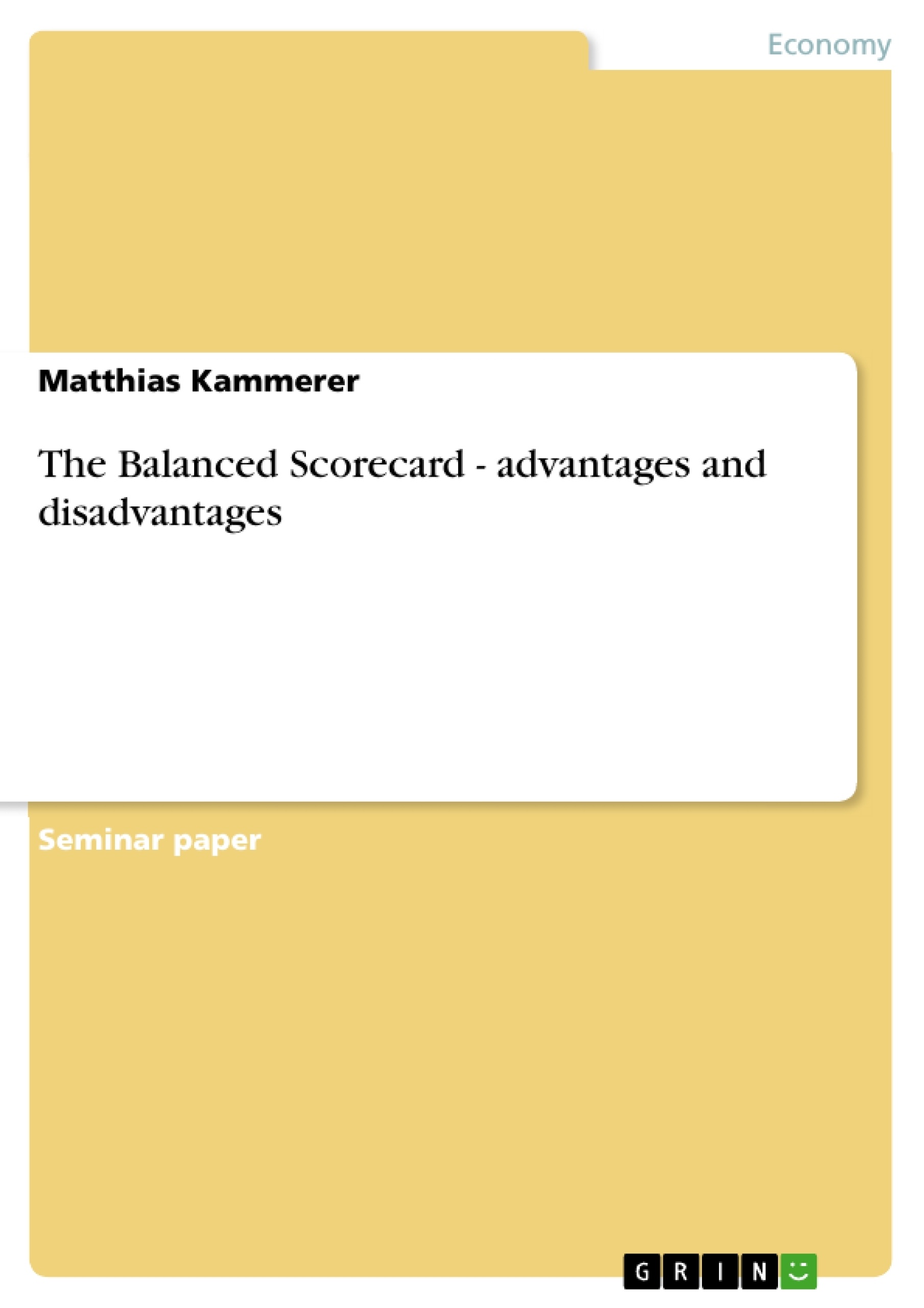...
The Balanced Scorecard (BSC), developed 1992 by Kaplan and Norton, is a concept which measures a company’s performance on the basis of traditional financial figures as well as non-financial measures. Therewith it provides managers with more relevant information than just with data about actions and decision of the past. (2gc ltd., 2003; Joyce&Woods 2001, Wheelen&Hunger 2002)
It is built on four essential pillars – finance, learning&growth, customers and internal business processes – which all must be linked with the corporate vision and strategy to fathom the performance from different perspectives.
...
Table of Contents
- Part A: Case study Farmlea Ltd.
- Preface
- Closure in January
- Closure in June
- Conclusion
- Part B: The Balanced Scorecard
- The Balanced Scorecard
- Referencing List and Bibliography
Objectives and Key Themes
This assignment analyzes the decision facing Farmlea Ltd., a company involved in publishing, printing, and distribution of catalogs and manuals, regarding the closure of its printing and distribution departments. The goal is to determine the optimal timing for this closure, considering whether it should occur in January or June. The analysis considers the associated costs and benefits of each scenario, including staff costs, material costs, occupancy costs, and depreciation.
- Cost Analysis
- Closure Timing
- Financial Implications
- Decision-Making under Uncertainty
- Resource Allocation
Chapter Summaries
- Preface: Introduces the case study of Farmlea Ltd. and the decision regarding closure of its printing and distribution departments. It outlines the objective of determining the optimal timing for this closure, either in January or June.
- Closure in January: This chapter examines the financial implications of closing the departments in January. It analyzes the cost implications, including staff costs, material costs, occupancy costs, and depreciation. The analysis focuses on determining the net cost or benefit of closing in January.
- Closure in June: This chapter explores the financial implications of closing the departments in June. It analyzes the cost implications, including staff costs, material costs, occupancy costs, and depreciation. The analysis focuses on determining the net cost or benefit of closing in June.
Keywords
The key terms and concepts explored in this assignment include cost analysis, closure decision, financial implications, staff costs, material costs, occupancy costs, depreciation, and decision-making under uncertainty.
- Quote paper
- Matthias Kammerer (Author), 2006, The Balanced Scorecard - advantages and disadvantages, Munich, GRIN Verlag, https://www.grin.com/document/83237




